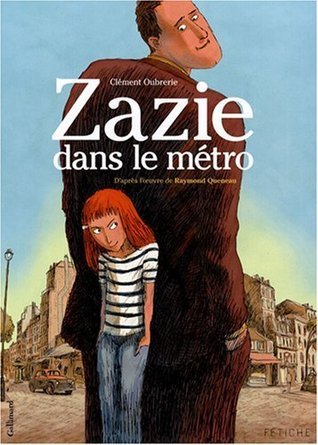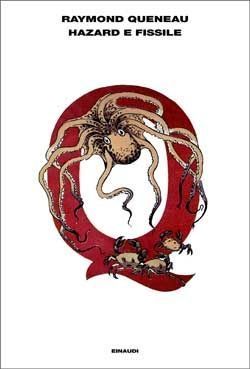
Novelist, poet, and critic Raymond Queneau, was born in Le Havre in 1903, and went to Paris when he was 17. For some time he joined André Breton's Surrealist group, but after only a brief stint he dissociated himself. Now, seeing Queneau's work in retrospect, it seems inevitable. The Surrealists tried to achieve a sort of pure expression from the unconscious, without mediation of the author's self-aware "persona." Queneau's texts, on the contrary, are quite deliberate products of the author's conscious mind, of his memory, and his intentionality. Although Queneau's novels give an impression of enormous spontaneity, they were in fact painstakingly conceived in every small detail. He even once remarked that he simply could not leave to hazard the task of determining the number of chapters of a book. Talking about his first novel, Le Chiendent (usually translated as The Bark Tree), he pointed out that it had 91 sections, because 91 was the sum of the first 13 numbers, and also the product of two numbers he was particularly fond of: 7 and 13.
Books

Zazie dans le métro
2008

Witch Grass
1933

L'art du baiser
Les plus beaux baisers de la littérature
2011

Pierrot Mon Ami
1942

Odile
1937

Exercises in Style
1947

Stories and Remarks
1981

Saint Glinglin
1948

Pounding the Pavements, Beating the Bushes and Other Pataphysical Poems
1981

L'Instant Fatal & les Ziaux
1946

Hitting the Streets
1967

The Blue Flowers
1965

Suburbio e fuga
1944

Hazard e Fissile
2009

We Always Treat Women Too Well
1947

Cent mille milliards de poèmes
1961

EyeSeas
2008

Children of Clay
1938

Racconti matematici
2006

Un rude hiver
1939

The Sunday of Life
1952

The Last Days
1936

Oulipo Laboratory
Texts from the Bibliotheque Oulipienne
1981

Sally Mara's Intimate Diary
1950

The Flight of Icarus
1968

Zazie in the Metro
1959

Obras completas de Sally Mara
2001